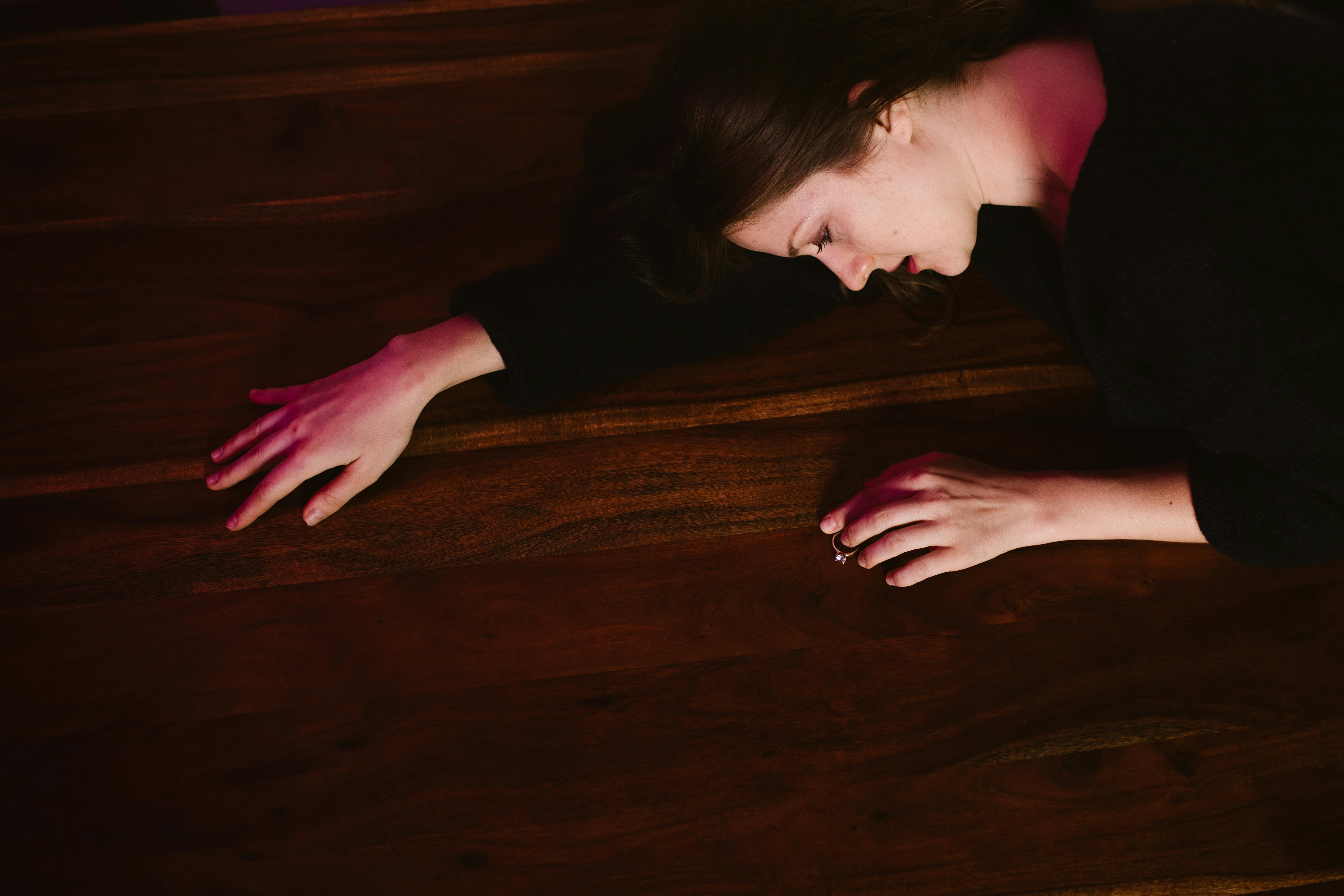Part of the magic of the Harry Potter movies is the special effects; spells, flying on broomsticks, a flying car, disappearing into a chimney all happen when Harry Potter is around, but how do the filmmakers create these special effects? Actually there are several visual effects companies that collaborate, depending on their specific area of specialization. This is how some of the effects are created.
Playing Quidditch on a broomstick. A blue screen is used as the “sky” background and the flyer is sitting on a broomstick on a hydraulic platform. The rig is computer controlled to create the swooping and sweeping of a game of Quidditch and the resulting film is then transferred to the computer graphics environment to be edited into the finished film.
Dumbledore’s memories are stored in the Pensieve. The memories are seen falling into a liquid in the Pensieve (bowl) and this was created by taking painted images (the memories) and merging them together in specially created software which produced the look of the liquid and the images floating in it.
The sphere of water produced by Dumbledore’s spell to trap Voldemort. The broomstick platform made sense again, which, along with the Plexiglas spheres with water trickling over and into them, created the effect of Voldement floating and spinning in a sphere of water.
The ice covering the frozen lake from which Harry retrieves the sword of Gryffindor. When the camera is filming from above the lake, the ice is created by thick sheets of plexiglass covered in an icy texture. When filming under “ice”, wax floating on water is used. Apparently this is a well-known technique in the movies.
Gringotts dragon. The rather emaciated Gringotts dragon was actually inspired by some photographs provided by the RCCPA of abused dogs. The idea was to capture a “shamed dog” look in such a way that viewers would feel pity rather than revulsion, but it still had to be terrifying. Once the concept was agreed, the dragon was sculpted and painted using a 3D computer program. A skeleton of the dragon was built and muscle geometry was created that animated the skin to simulate movement.
To film the children sitting on the dragon, a large-scale section of its back was sculpted and covered in silicone skin. For movement, a motion control base and platform allowed movement of the different aspects of the dragon, including parts of its spine, loose skin under its neck.
